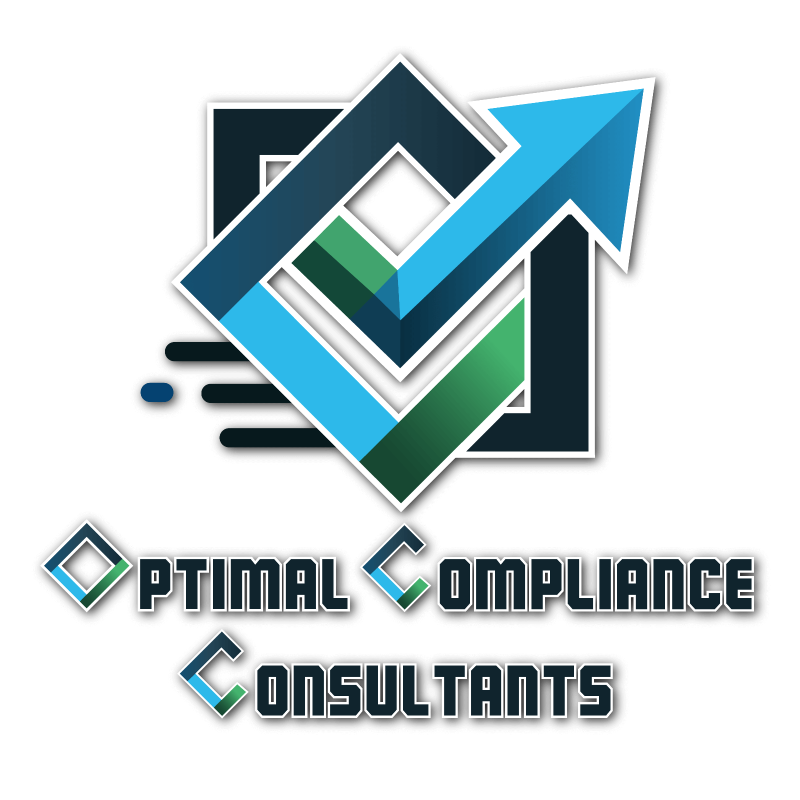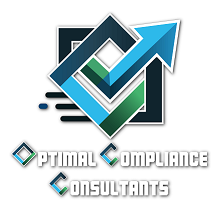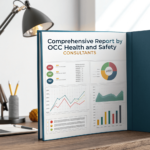OCC health and safety consultants presents: A Comprehensive Analysis of the Occupational Health and Safety Amendment Bill 2020 vs. the Occupational Health and Safety Act 85 of 1993
Health and safety in the workplace is a critical concern for employers, employees, and society as a whole. The Occupational Health and Safety (OHS) Amendment Bill of 2020 seeks to significantly enhance the framework established by the Occupational Health and Safety Act 85 of 1993. With health and safety consultants, health and safety companies, and other professionals at the forefront of implementing these regulations, understanding these changes is essential. This comprehensive report delves into the key aspects of the amendment bill, comparing it to the original act and analyzing its implications for managing health and safety, safety audits, and compliance certification.
Key Changes: Definitions and Framework (Sections 1-5)
Expanded Definitions for Clarity and Proactive Measures
The 2020 amendment bill revises and expands definitions to foster a more health-focused and proactive approach:
- “Danger” Redefined: It now includes adverse health effects, underlining the need to prevent long-term occupational health issues, not just immediate injuries.
- Broader Definition of “Employer”: Labor brokers are no longer excluded, holding all entities accountable for health and safety.
- New Terminology: Terms such as “hazardous substance,” “occupational disease,” and “occupational hygienist” reflect a modernized focus on workplace hazards and their prevention.
- Systems Approach Over Policy: A shift from “health and safety policy” to “health and safety management systems” mandates comprehensive frameworks for risk management.
- Defined Risk Management: The inclusion of “risk assessment” and “risk management” emphasizes documented strategies to mitigate risks.
These changes provide a robust foundation for OCC health & safety consultants and health and safety companies to design tailored systems that align with legislative expectations.
Employer Responsibilities and Risk Management (Sections 6-10)
The amendment bill places significant emphasis on employers, calling for a more preventive stance:
- Workplace-Specific Risk Assessments: Generic risk assessments are no longer sufficient. Tailored evaluations for specific workplace conditions are required.
- Risk Management Plans: Employers must draft and implement detailed plans, ensuring these are accessible on-site for inspections and shared with employees.
- Extended Duty of Care: Employers must now safeguard not just employees but all individuals affected by their activities.
- Safe Supply Chains: Manufacturers, suppliers, and importers bear responsibility for ensuring the safety of articles and substances provided for workplace use.
These updates underline the importance of safety audits and health & safety certification to demonstrate compliance with risk management protocols.We at Occ health and safety consultants can assist with this if required
Enhancing Employee and CEO Responsibilities (Sections 11-16)
The amendment bill clarifies roles and expectations for all workplace participants:
- Competency in Risk Assessments: Qualified personnel are required to conduct assessments for listed work, ensuring expertise in hazard identification.
- Unambiguous Duty to Inform: Employers must inform employees about risks without exceptions, enhancing workplace transparency.
- CEO Accountability: A clear mandate ensures CEOs are directly involved in developing and reviewing health and safety systems.
- Employee Reporting Obligations: Employees must report unsafe conditions promptly, fostering a culture of shared responsibility.
These measures encourage stronger collaboration between health and safety consultants and organizations to embed accountability at all levels.
Worker Representation and Participation (Sections 17-20)
Strengthening the Role of SHE Representatives
Worker representation takes a front seat, with substantial improvements to the role of Safety, Health, and Environmental (SHE) Representatives:
- Broader Access and Rights: Representatives gain access to more information and incident sites, allowing them to address hazards effectively.
- Mandatory Committees: All workplaces with at least one SHE representative must establish safety committees, which now meet every two months instead of three.
- Expanded Responsibilities: Committees are tasked with identifying regulatory gaps, ensuring training, and recommending safe practices.
This shift enables health and safety companies like OCC health and safety consultants to offer training and resources to empower SHE representatives.
Prohibitions, Reporting, and Anti-Victimization (Sections 21-26)
Stricter Incident Reporting and Employee Protections
The 2020 amendment bill reinforces reporting protocols and safeguards employees:
- Precise Incident Criteria: Reporting requirements are clarified to avoid ambiguity, ensuring prompt action after workplace incidents.
- Annual Statistics: Employers must submit incident data annually, aiding in broader trend analysis for safety improvements.
- Protection Against Victimization: Employees exercising their rights under the act are shielded from retaliation, fostering a secure environment to report hazards.
These updates enhance the effectiveness of health and safety audits, as organizations must maintain transparent and compliant practices.
Conclusion: A Safer, Healthier Future
The Occupational Health and Safety Amendment Bill of 2020 represents a significant step forward in promoting workplace safety and health in South Africa. By introducing a systems-based approach, emphasizing risk management, and strengthening enforcement mechanisms, the bill lays the groundwork for a safer, more accountable working environment.
For businesses, the expertise of health and safety consultants and the rigorous implementation of safety audits will be crucial to navigating these changes. With these tools and a proactive mindset, organizations can achieve not only compliance but also a culture of safety that benefits everyone involved.
Find a copy of the Occupational health and safety amendment bill 2020 here
Also look at the following blog detailing relevant Occupational health and safety regulations and the links to download it


